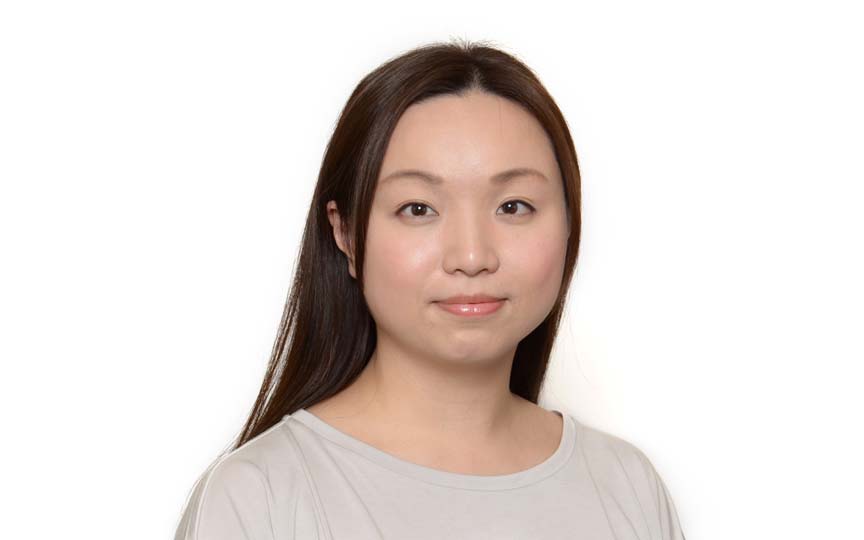Ace Hotel Kyoto
Providing value…and more
Scroll Down
Just as human lifestyles vary widely, so do hotel styles today.
The Ace Hotel brand has earned a multitude of fans around the world by virtue of its unique concept of utilizing existing structures and connecting with local communities. Ace Hotel Kyoto is the brand’s first project in Asia. As project manager, Nikken Sekkei coordinated extensively with a gamut of stakeholders to bring this unique hotel concept to life.
※Top photo: Entrance lobby ©Forward Stroke inc.
CATEGORY
Project management driven to realize a unique design
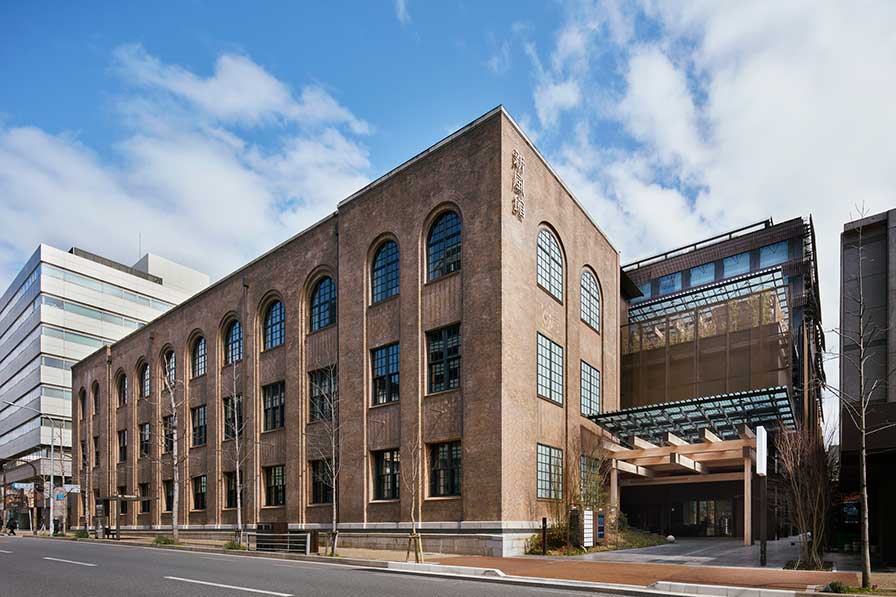 Panoramic view from Karasuma-Oike Street, with the original building partially obscuring the new structure behind it. ⓒForward Stroke inc.
Panoramic view from Karasuma-Oike Street, with the original building partially obscuring the new structure behind it. ⓒForward Stroke inc.
Blending together different categories, specialties, and varying cultural spheres requires deciding where the interior work ends and the artist’s work begins. Of course, regulations, costs, and construction periods must also be taken into account. Supporting communications between the various specialists to achieve optimal proposals was no mean task.
At Ace Hotel Kyoto, for example, many of the lighting fixtures, counter walls, floors and partitions were designed in collaboration with artists. Where laws and regulations made designing them as interior work too difficult, we suggested including them as artwork. And when costs required adjustments due to design complexity or high material expenses, we proposed limiting the scope of use or simplifying the design without straying from the overall concept.
Design meetings unify project direction
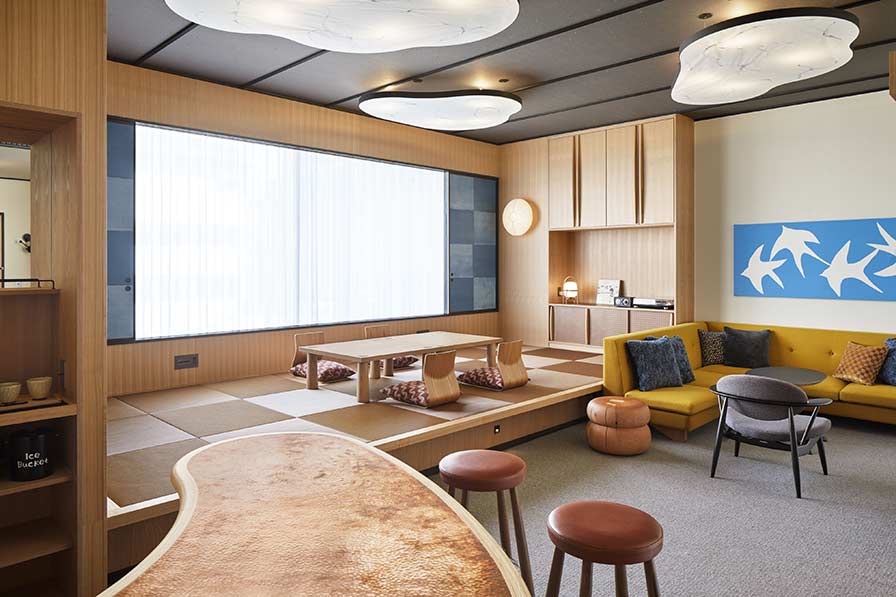 Tatami-floored suite. A copper sheet was used in the design for the foreground tabletop.
Tatami-floored suite. A copper sheet was used in the design for the foreground tabletop.
ⓒNacasa & Partners
Starting from the design stage, an important theme of these Design meetings was to bring together the images each group had envisioned. Meeting management was critical, since idea integration was extensive, and because themes changed with each stage of the project.
Teamwork achieves results
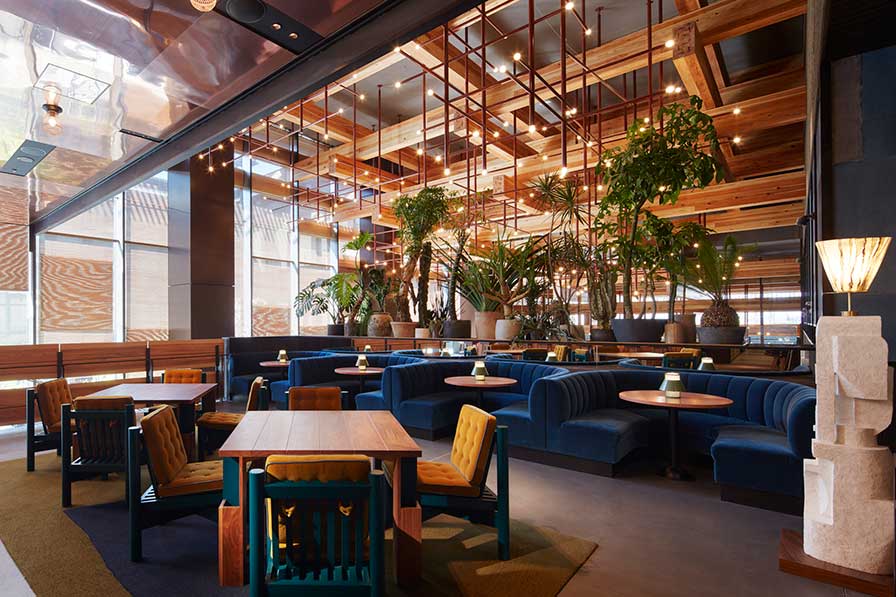 Mexican restaurant PIOPIKO, on the second floor mezzanine ⓒForward Stroke inc.
Mexican restaurant PIOPIKO, on the second floor mezzanine ⓒForward Stroke inc.
Drawing an accurate picture of needs
In addition, as user lifestyles become more diverse, demand will increase for more innovative and personalized services.
At Nikken Sekkei, it is our earnest wish to contribute to societal development. We do this by drawing upon our collective experience and committing to superior quality standards, teamwork, and by incorporating new trends with precision and balance, creating high value for clients and users alike.
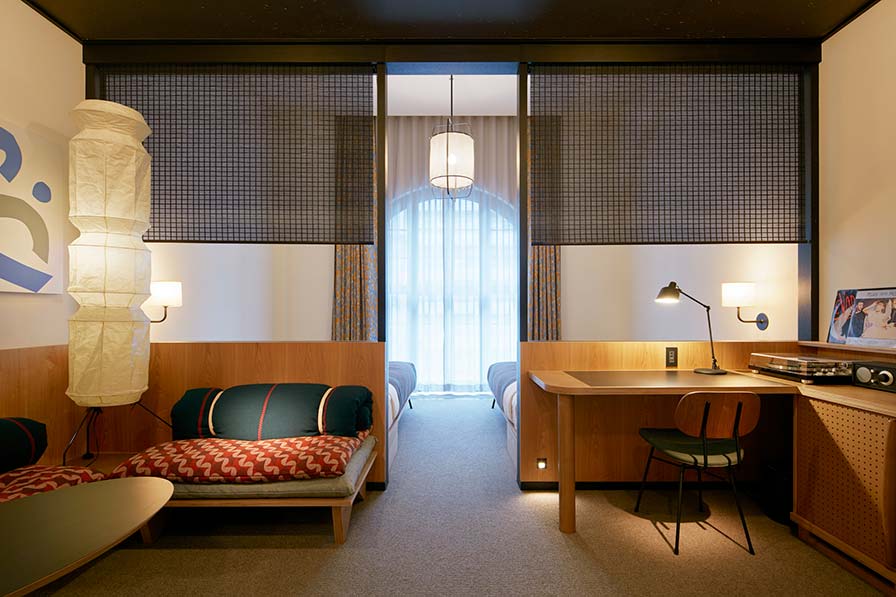 Guest room in the former Kyoto Central Telephone Exchange building ⓒForward Stroke inc.
Guest room in the former Kyoto Central Telephone Exchange building ⓒForward Stroke inc.
Ace Hotel Kyoto Overview
| Name | : | Ace Hotel Kyoto |
|---|---|---|
| Owner | : | NTT Urban Development Corporation |
| Operator | : | Ace Hotel |
| Location | : | Nakagyo-ku, Kyoto |
| Number of guest rooms | : | 213 |
| Architectural design review | : | Kengo Kuma and Associates |
| Architectural design | : | NTT Facilities, Inc. |
| Interior design | : | Irie Miyake Architects & Engineers, Commune Design |
| Project management | : | Nikken Sekkei Ltd |
| Construction | : | Building: Obayashi Corporation Interior: Isetan Mitsukoshi Property Design Ltd. |
Profiles
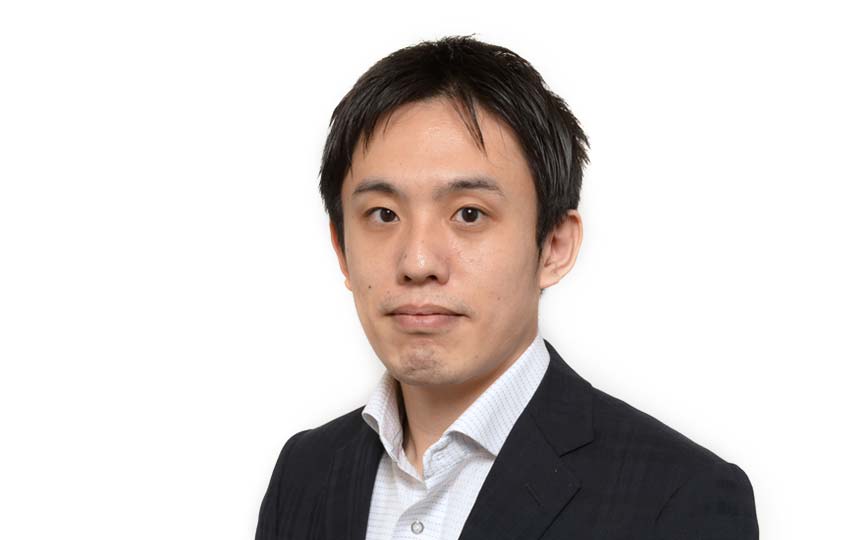
Hisashi Sugimoto
Associate, Facility Solution and Strategies Section
Facility Solution Group, New Business Development Department
Over the years, he has been involved in a wide range of projects as a project manager and an owner’s consultant. These include Hino Motors’ Koga Plant (2016), Hibiya Parkfront (2017), The Hotel Seiryu Kyoto, Kiyomizu (2020), Ace Hotel Kyoto (2020), and The Ritz-Carlton, Nikko (2020), among others.
Mr. Sugimoto has extensive experience in consulting on facility strategies, including the utilization of corporate real estate assets and the development of maintenance and conservation strategies. He is a licensed first-class architect.
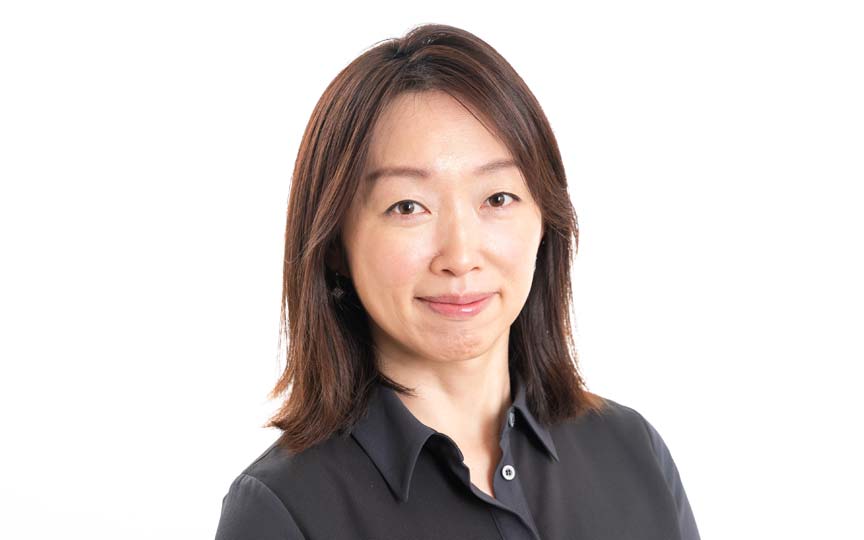
Yusun Ko
Facility Solution Section
Facility Solution Group, New Business Development Department
More recently, she has undertaken projects involving foreign hotel development, including the LG Head Office Building Renovation Project (2012), Lotte World Tower Observation Deck (2017), Ace Hotel Kyoto (2020), and W Osaka (2021), among others. She holds a doctorate in engineering.
